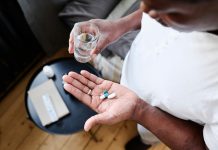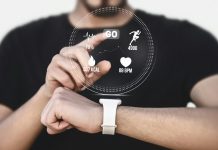
In a new study, researchers have developed a more accurate method of measuring bispehnol A (BPA) levels in humans.
They have found that exposure to the endocrine-disrupting chemical is far higher than previously assumed.
The study provides the first evidence that the measurements relied upon by regulatory agencies, including the U.S. Food and Drug Administration, are flawed, underestimating exposure levels by as much as 44 times.
The research was conducted by a team at Washington State University and elsewhere.
BPA can be found in a wide range of plastics, including food and drink containers, and animal studies have shown that it can interfere with the body’s hormones.
In particular, fetal exposure to BPA has been linked to problems with growth, metabolism, behavior, fertility and even greater cancer risk.
Despite this experimental evidence, the FDA has evaluated data from studies measuring BPA in human urine and determined that human exposure to the chemical is at very low, and therefore, safe levels.
This study challenges that assumption and raises questions about other chemicals, including BPA replacements, that are also assessed using indirect methods.
The team developed a direct way of measuring BPA that more accurately accounts for BPA metabolites, the compounds that are created as the chemical passes through the human body.
The new method is able to directly measure the BPA metabolites themselves without using the enzyme solution.
The team compared the two methods, first with synthetic urine spiked with BPA and then with 39 human samples.
They found much higher levels of BPA using the direct method, as much as 44 times the mean reported by the National Health and Nutrition Examination Survey (NHANES).
The disparity between the two methods increased with more BPA exposure: the greater the exposure the more the previous method missed.
The team says this study raises serious concerns about whether people have been careful enough about the safety of this chemical.
What it comes down to is that the conclusions federal agencies have come to about how to regulate BPA may have been based on inaccurate measurements.
They hope this study will bring attention to the methodology used to measure BPA, and that other experts and labs will take a closer look at and assess independently what is happening.
One author of the study is Patricia Hunt, a professor.
The study is published in The Lancet Diabetes & Endocrinology.
Copyright © 2019 Knowridge Science Report. All rights reserved.



